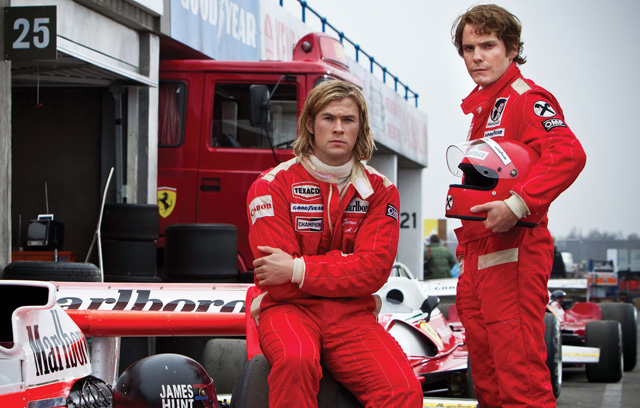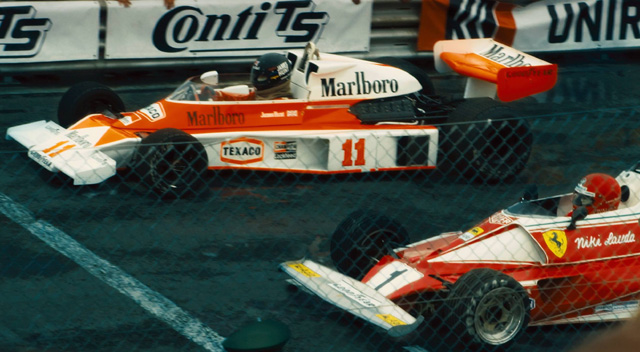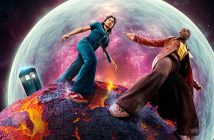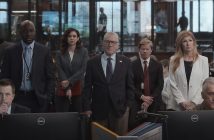Ron Howard is a puzzle. For every Apollo 13, there’s an Angels and Demons. He gave us Willow and Splash, and yet a couple of years ago he added his name to the sorry roster of mopes who cranked out a Vince Vaughn vehicle (The Dilemma). With Rush, Howard turns his hand to the story of the 1976 Formula One season, and the dangerous rivalry between British speed-hunk James Hunt and Austrian iceman Niki Lauda. The two opposing personalities – Hunt, played by Thor’s Chris Hemsworth, a kind of blonde George Best; Lauda (Daniel Bruhl) a charmless yet ruthless technical wizard – clash on and off the track, leading to greater and greater risks in the pursuit of championships and glory.

Ron Howard’s promotional tour for the film frequently invoked the line ‘when sex was safe and driving was dangerous’. That sums it up fairly well, though I’d be tempted to say ‘when driving was lunacy and sex was ubiquitous’, as Hunt leaps into beds and cupboards with grateful ladies on a startlingly regular basis. Viewers might bridle a little at his characterisation, which can border on the cartoonish (unsurprising, played as he is by Thor himself). However, those there at the time insist that Hunt really was just that dishy, and Hemsworth is more than charming enough to bring us along for the ride. Bruhl has the much harder job, playing an explicitly rodent-like racing technocrat opposite Hemsworth’s surfer sex god, but his is a terrific performance, both before and after the inevitable mortal peril which forms the centre of the story.
The supporting cast has little to do, but acquits itself well enough, particularly Christian McKay (Me and Orson Welles, and Tinker, Tailor, Soldier, Spy) as Lord Hesketh, the Tory aristocrat who bankrolled Hunt’s adventures at the track and defected to UKIP last year.

The racing itself pops and fizzles with the kind of danger you’d expect from a gloriously under-regulated and wildly perilous sport like 1970s Formula One. If the depiction of real events is remotely accurate – and we’re assured that it is – it does seem mind-boggling that racing was allowed to go ahead at Nordschleife in August of 1976. The saturated palate and seemingly consequence-free drink and sex lull the viewer into a false sense of security and joie de vivre which scatters once the engines fire up, and the camera focuses on details like the components rattling under extraordinary strain as the drivers hurl themselves around sodden ice-rink tracks. Frequent Danny Boyle collaborator Anthony Dod Mantle is the cinematographer, and the film has the bright colours and breathless movement we’ve seen in films like Slumdog Millionaire and Trance. There’s a Hans Zimmer score under there somewhere but I’d struggle to tell you what any of it was like – the film’s dominant noise is the deep hum and roar of throaty engines.
Looming over all of this, thematically and visually, is Asif Kapadia’s BAFTA-winning documentary Senna, which detailed another captivating automotive duel with tragic consequences. And while Rush lacks the emotional punch of Senna, it tells its own story rather enjoyably, tearing along at breakneck speed behind its mercurial drivers, despite the odd patchy accent creeping in from time to time. Howard does more than enough to keep both speed-freak fanboys and casual cinemagoers happy.



